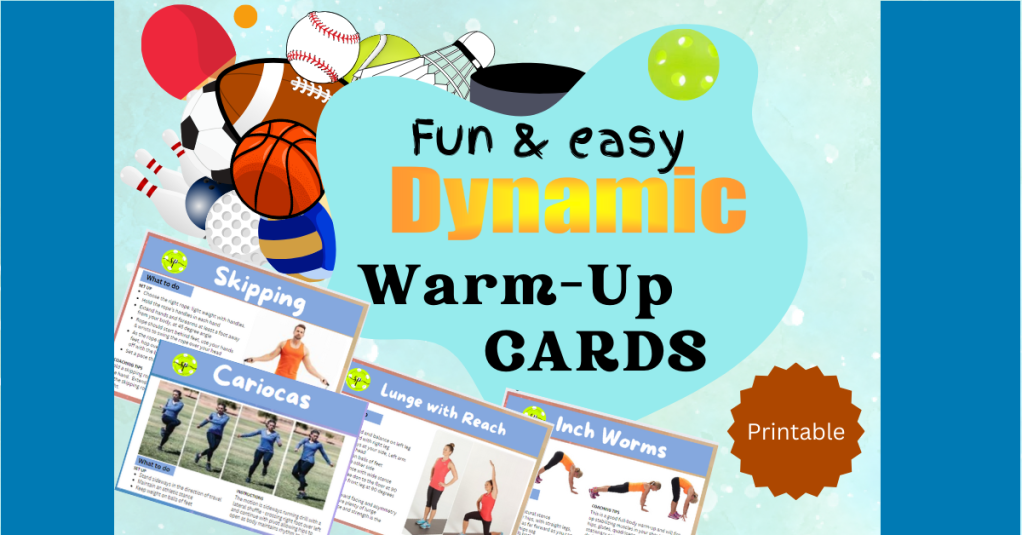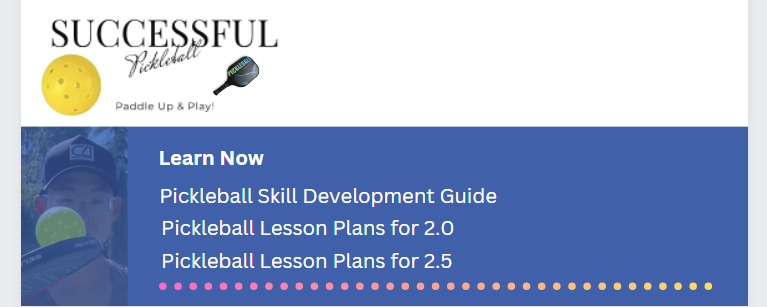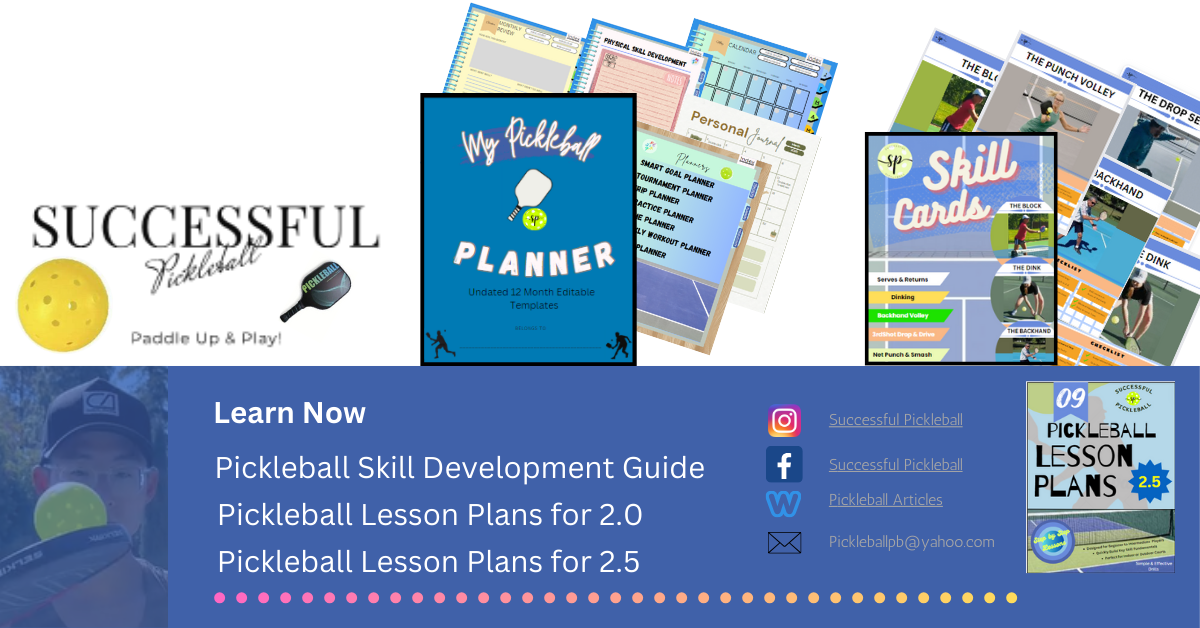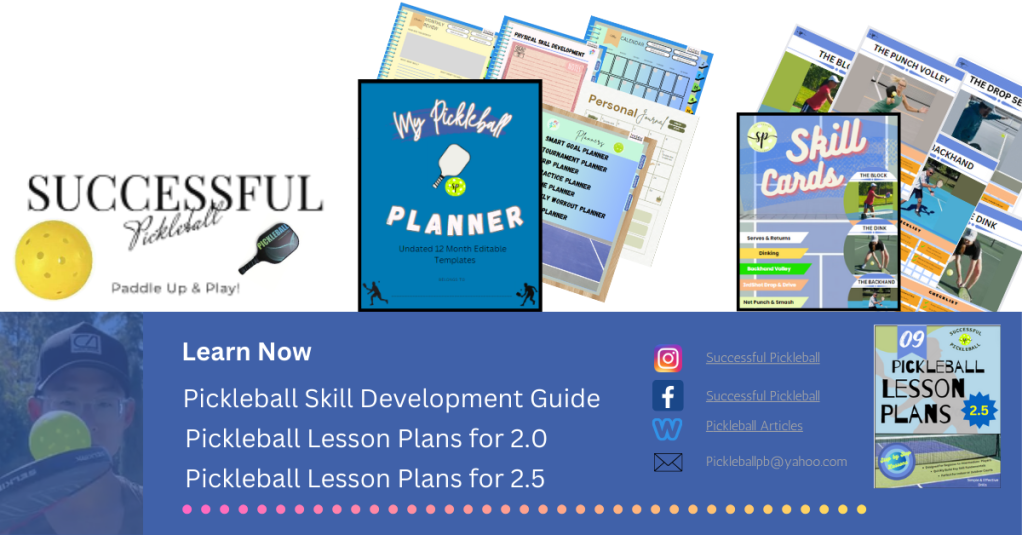A proper warm-up is as important for all exercise and sport participation. It is very important to perform simple range of motion movements through your natural range to warm up your muscles and assess any limitations you may have or if any past injuries. Regardless of age and fitness level, everyone participating in strenuous physical activities should perform a proper warm-up. A good warm-up is both physiologically and psychologically essential to workout success.
Psycholocial Benefits
- Allows time to prepare mentally for the workout – If you can take this time to refocus your mind away from your daily stress and onto the upcoming workout, the overall workout, training, or competitive session will be more comfortable and enjoyable.
- Provides an effective time to communicate with friends, trainer, doubles partner, etc. This is an excellent time to identify stress areas like aches or limitations in joints or muscles or simply set your intentions regarding strategies in your game plans.
Physiological Benefits
- Gradual Muscle Temperature increase – Highly important to reduce the chance of injury to the muscles and joints by increasing muscle contractile strength and speed.
- Allows the body time to adjust Blood Flow – The body has time to adjust with a gradual increased need in oxygen, which is important for vasodilation of blood vessels to the muscles and reduces stress on the cardiovascular system thereby improving overall physical performance.
- Prevents early onset of Fatigue – Allow the body time to gear up and deliver mor oxygen to working muscles at a moderate pace which reduces the accumulation of lactic acid buildup.
- Increase in Neural Transmission – This means nerve impulses travel faster during strenuous exercise which produces better contractile strength & speed as well as better coordination.
- Screen Possible Problems – Gives clear indication of current physical state and ability to perform upcoming skills and may show indicators to aggrivated areas before increasing intensity.
Signs of an Effective Warm-UP
- Increased Heart Rate – Resting heart rate should elevate by 40 to 75 beats per minute before exercise becomes more intense.
- Increased Breathing Rate – over 20 breaths/min. is considered elevated.
- Increased Body Temperature – mild sweating is observed
Stretching
Some fitness enthusiasts and trainers will include stretching as part of their warm-up routines but it is not necessary. It is an individual choice. Stretching during the warm-up should be kept short and in a limited range. If you include a stretch during your warm-up, do not force a range of motion in muscles and joints as it could cause an injury.
FLEXIBILITY
This is a joint’s ability to easily move through a specific range of motion (ROM). Reduced mobility of joints and compromised body positions is often the result of deteriorating flexibility due to age, habitual body movements, and postural routines. Scientific evidence suggests that flexibility can be enhanced and reduce the negative effects of aging. It allows athletes to become more in-tune with their bodies and improve recovery time both mentally and physically.
POOR FLEXIBILITY
Lacking in flexibility can create disorder, functional struggles, and lack of efficiency in the muscles and joints. Injuries are common when joints and muscles are tight.
SPORT-SPECIFIC WARM-UP EXERCISES:
Before you begin, it is essential that you get the blood flowing.
- Start at the net at the far right post.
- Backpedal all the way to the baseline
- Sidestep to your left
- Lunge step to the net
- Backpedal back to the baseline
- Sidestep to your right
- Jog to the net
- Repeat one more time.
Become a Member to get access to Premier Content
Read more about Stretching, Cooldown, and Training when you subscribe today.


Tired of under performing in competition? Frustrated with not performing up to your potential? Get expert coaching with our certified eBook coaching.
You will learn how to improve technical, tactical, physical, and mental skills to perform more consistently in competition.
If you’re a top performer during practice but find yourself under-performing in competition, the most likely culprit holding you back is your skill level confidence. In fact, many athletes struggle with the same problem. Do any of these statements sound familiar?
- I’m so frustrated with my performance that I feel like giving up!
- I feel like I lose my confidence when I’m in competition.
- No matter how hard I practice I can’t seem to get the same results in competition.
- I wish I could play with the same confidence in competition that I have in practice.
- I feel like my performance is tight, cautious, or that I’m trying too hard to not make mistakes in competition.
If the above statements sound familiar to you, then you could benefit from our eBook 6-week coaching.











































